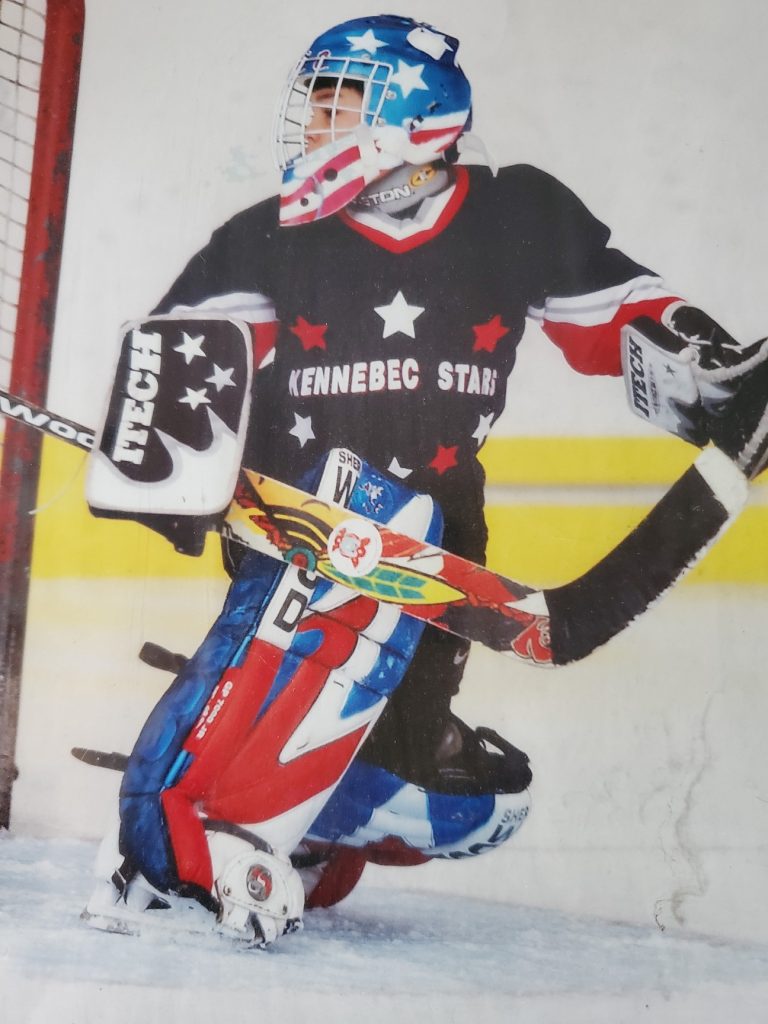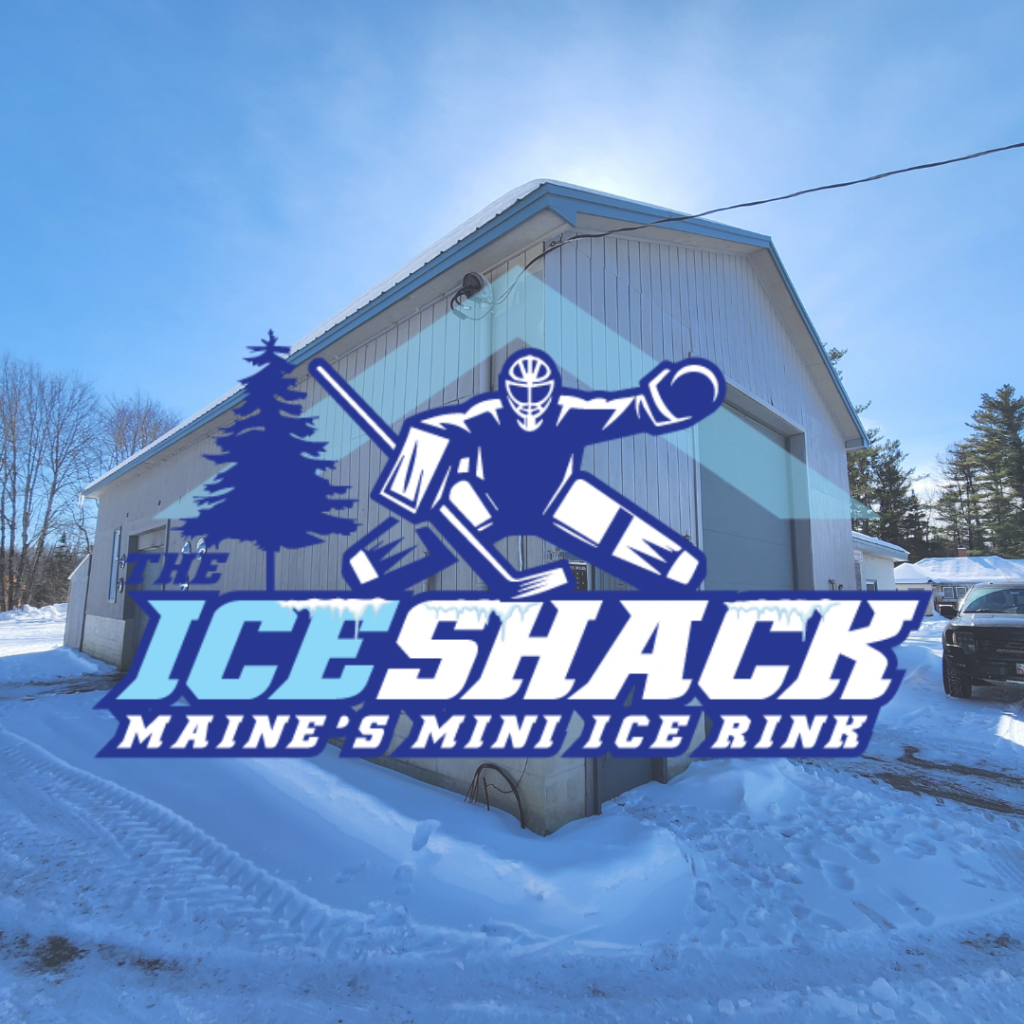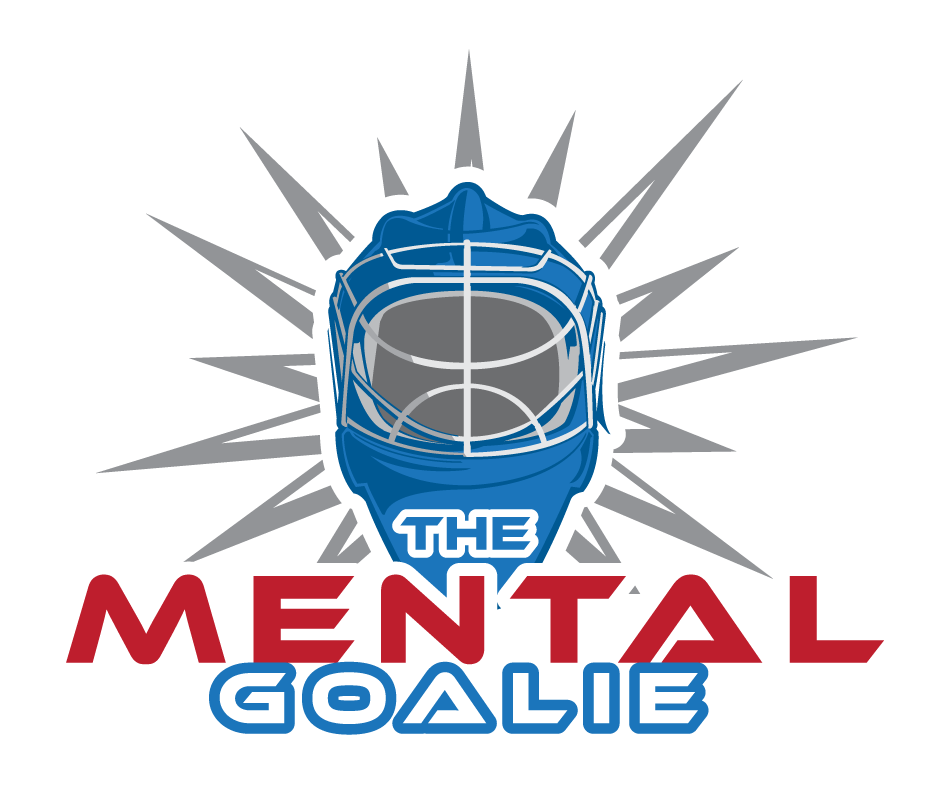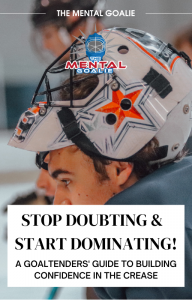Maine is where my love of hockey began. I started playing goalie at age 7, when the position rotated among players, and I never looked back. I grew up playing for the lost-to-time Kennebec Stars program at the old Kennebec Ice Arena before moving on to the long-forgotten Maine Hurricanes program and the still successful Maine Moose organization. I attended high school at St. Dominic Academy, where I had the chance to compete and grow as an athlete, paving the way for NCAA opportunities to advance my career at Franklin Pierce University.

This incredible state didn’t just introduce me to hockey—it shaped who I am. Every Maine hockey player knows the experience: long drives to tournaments at the New England Sports Center, early morning practices in freezing rinks, pond hockey on frozen lakes, fierce rivalries, and lifelong friendships. Hockey in Maine isn’t just a sport; it’s a way of life.

Opening this mini ice rink is more than an expansion of The Mental Goalie, it is a project of passion born from my own hockey experiences. For years, Maine’s hockey scene has been filled with dedicated, hardworking goalies and passionate goalie coaches, many of whom I have had the pleasure of working with. But one challenge has always remained—access to year-round, private goalie training within the state. In most hockey hotbeds across North America; like Massachusetts, Minnesota, New York (where I have been coaching for the last 7 years), and Canada, year-round on-ice private goalie training isn’t the exception; it’s the standard. Goalies in Maine have had to rely on seasonal camps, team practices, and long travel to get to specialized training.

I know this first-hand because I watched my parents go through it. Like so many goalie families in Maine, they sacrificed time, money, and energy just to make sure I had the opportunity to develop. Whether it was driving hours out of state for clinics, rearranging work schedules to make travel possible, or constantly searching for whatever training options they could find, they did everything they could to help me succeed. I see the same struggles for today’s goalie parents—families going to great lengths to give their kids access to the right coaching, even when it means crossing state lines to find it.
The key to goalie development in these other hockey hotbeds? Mini-ice training facilities. Why is this an absolute necessity for netminder development? Unlike skaters, goalies can’t develop effectively in a setting where they’re one of 15 to 20 players on the ice with a single coach or coaching staff focused on team drills. Even small group training on synthetic ice can only go so far in mimicking game-type movements. Goaltending requires specialized attention, proper shooter-to-goalie ratios, and structured progression over time.
The Ice Shack is a real ice rink facility, just smaller. It is designed and built specifically for goalie development and training. My rink accommodate both small-groups and one-on-one training in an environment designed for real improvement. Maine goalies will have access to the kind of focused, experienced, and specialized year-round coaching that has helped produce top goalies in top hockey regions. I believe access to real ice year round training will change the game for Maine goalies (and players!) and their families.



3 thoughts on “Maine’s First Dedicated Goalie Training Rink: The Ice Shack”
mt3mt5
whwquk
3rwm76